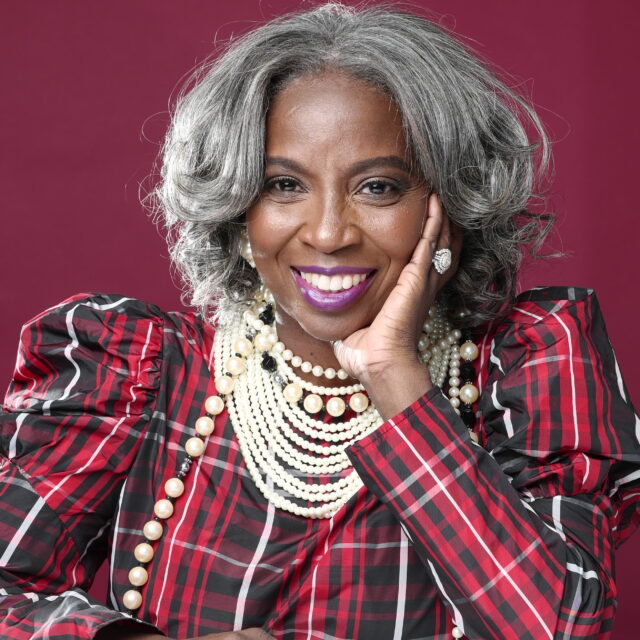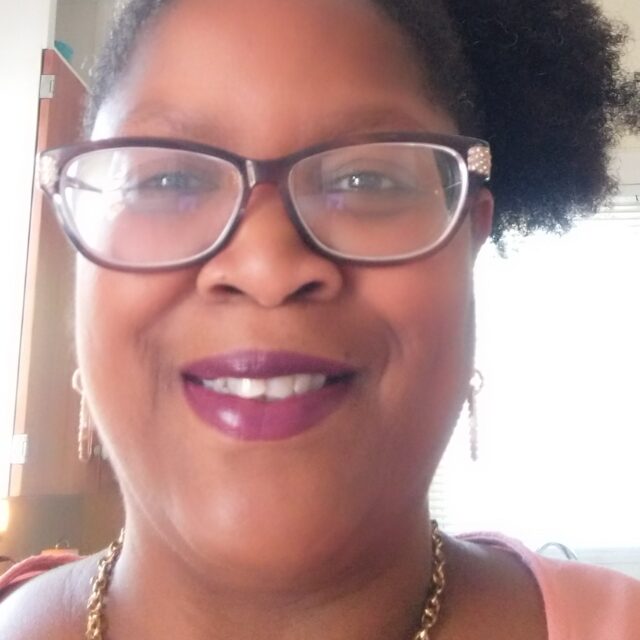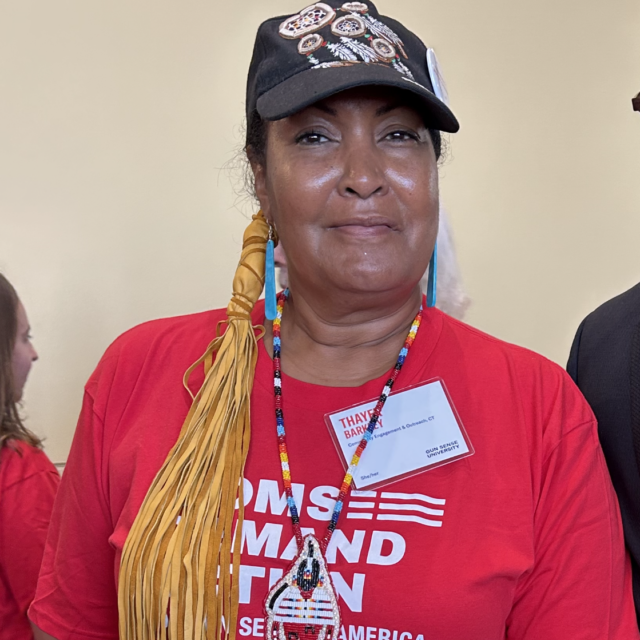Paths of Healing: A Conversation with Everytown and the Cast of Oklahoma!
2.1.2023
Those familiar with Rodgers and Hammerstein’s Oklahoma! may remember it fondly for its folksy hymns that bellowed of the Oklahoma countryside and called back to a simpler side of American life. When director Daniel Fish set out to revive the classic musical on Broadway in 2019, he wanted to portray a different side of American life—the prevalence of guns.
Members of Everytown’s Survivor Network had a conversation with Oklahoma! actors, Sasha Hutchings and Christopher Bannow.
Currently in the United States, there are more guns than people and more gun sellers than McDonald’s.1Federal Firearms Listings. Washington, DC: Bureau of Alcohol, Tobacco, Firearms, and Explosives (ATF). https://bit.ly/2SPLs9O. As of October 2020, ATF reported there were 59,796 Type 1 and 2 licensed gun dealers in the US.; “Top 100 Retailers 2018.” National Retail Federation, https://bit.ly/2NuvfkV; United States Postal Service, “Sizing It Up,” Postal Facts, https://bit.ly/2tlLGHe. 2Aaron Karp, “Estimating Global Civilian-Held Firearms Numbers,” Small Arms Survey, June 2018, https://bit.ly/3snZ9fH. In this production, director Daniel Fish was able to seamlessly portray this without altering a single word of the original play written by Lynn Riggs in 1931. It’s clear that the production, which now includes more than 100 guns on stage and three amplified gunshots, have left a mark on the audience and the actors.
Following countless nights of the gun-toting performance, actors Sasha Hutchings and Christopher Bannow, who play Laurey Williams and Jud Fry respectively, sought out an opportunity to learn more about the journey of survivors. In the production, Laurey, a newlywed, ends her story as a witness to gun violence while Jud is shot and killed, a revision from the original play where Jud dies from a knife wound following a brawl with his long-time adversary, Curly McLain.
To learn more about what it means to be a gun violence survivor, and to elevate stories using their platforms, Sasha and Christopher sat down with Abigail Hurst, the Director of Trauma-Informed Programs for the Everytown Survivor Network. A survivor herself, Abby comes to the gun violence prevention movement in honor of her Aunt Sue. They were joined by Senior Survivor Fellows from the Everytown Survivor Network:
- Sarah Burdine, whose firstborn child, Jean-Ciar Pierce, was shot and killed in Oklahoma City in August 2012, just four months before his only child, Ciara, was born.
- Salli Garrigan, who was a high school junior at Columbine High School in CO on April 20, 1999, when two students went on a shooting rampage, killing 13 and injuring 24.
- And Pastor Brenda Mitchell, whose son Kenneth was shot and killed in 2005, one week after his brother Kevin left to fight in his third tour of duty in Afghanistan. A single parent, Kenneth left behind three sons.
Grief and survivors’ journeys are not linear, but Sarah, Salli, and Pastor Brenda all generously shared what has aided them on their paths to healing, including:
- Don’t Let the Story End…
Pastor Brenda Mitchell says this best, “… don’t put a period behind my son’s name. He’s still talking because his mom is still standing.”
Sarah mentioned that after her son’s passing, people around her often tried to avoid saying her son’s (Jean-Ciar) name for fear that it would upset her, but the opposite was true. She felt that their avoidance felt like his erasure.
Over two decades later, Salli says she was empowered by the Parkland survivors sharing their stories, and that was the catalyst that made her not only begin calling herself a survivor but also to join her local Moms Demand Action chapter. They remind those looking to support survivors not to avoid the hard conversations and shine a light on the lives of those taken by gun violence. - Find Ways to Show Up
It’s important to find ways to show up for yourself and others. The three survivors talk about how vastly this can differ. While some may have the capacity to set up a foundation or scholarship in loved ones’ names, others may only be able to offer a hug—both are equally as important and meaningful. Overall this group of survivors agreed on the importance of finding ways to check in on people and make one’s presence known. - Celebrate the Small Things
The analogy of bandaids was presented by Sara, who explains how little moments of joy can add up over time to aid in healing. Those bandaids can look like time with family, telling loved ones’ stories, and laughter. Their recommendation? Use “bandaids” liberally. - Foster Community
Community can manifest in many ways. Following the Columbine shooting, Salli mentions that the students found solace in each other, but once time and distance took that away, many turned to substance abuse, physical violence, and, for some, ultimately, suicide. Once Salli joined Moms Demand Action, she felt the swell of support she had been missing over the years. Community can also offer resources from counseling to support systems. They remind those looking for support that there are a myriad of communities with resources to share.
The conversation ended on an inspirational note, with the survivors offering what gives them continued hope. Many said conversations like these allow them to share their loved one’s stories, keeps their memory and legacy alive. They also said progress gives them hope; seeing stagnant laws change and lifelong activists recognized on a national level has been monumental.
While these survivors offered powerful ways to find healing and or help the healing of someone you care about, it’s important to know there is no exact formula to achieve this.
Join the Everytown Survivor Network
The Survivor Network connects survivors to build community, offers trauma-informed programs and trainings, and provides information and referrals to direct services.
Fill Out Our Form




